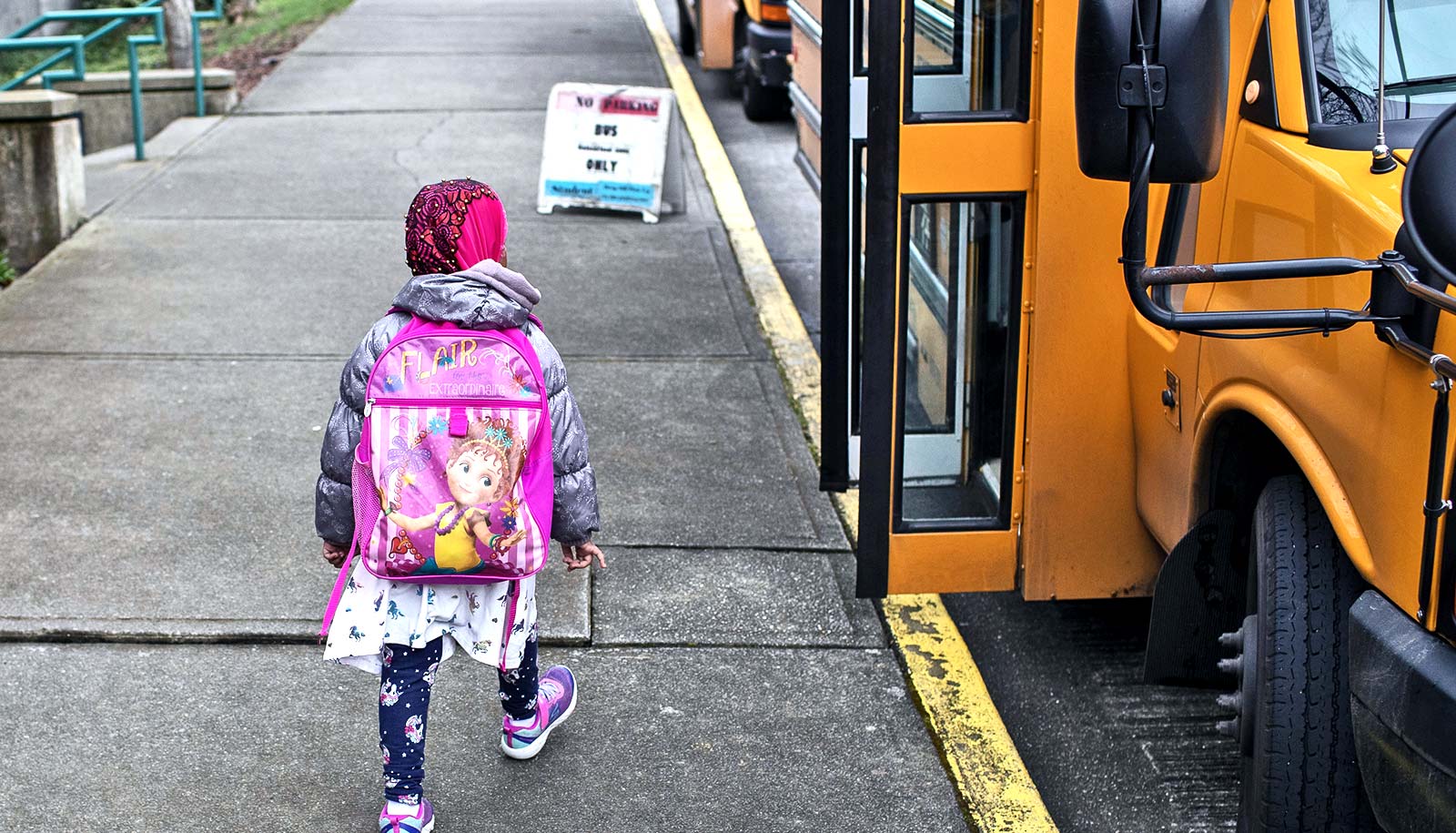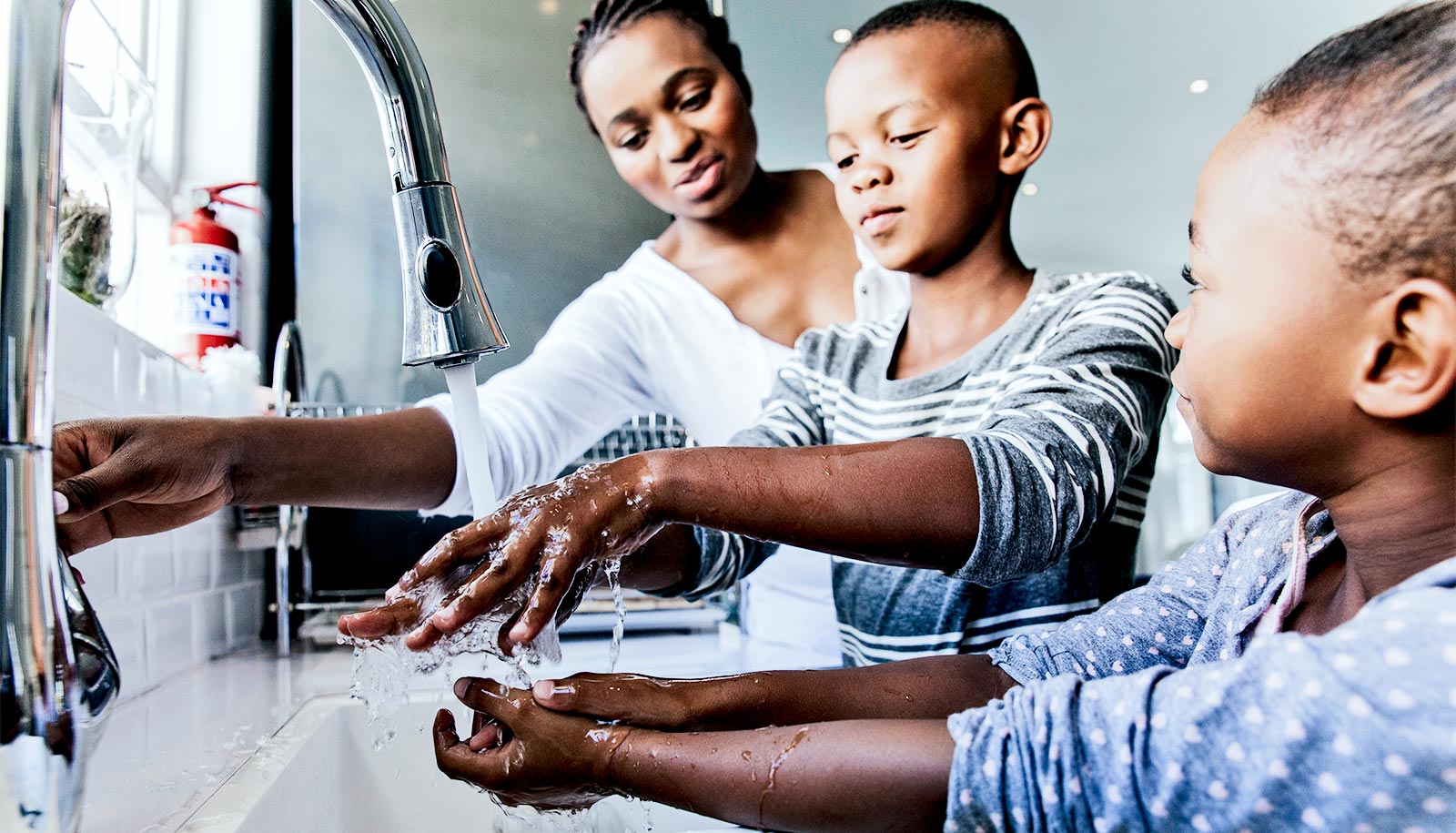As K-12 schools across the country announce temporary closures to contain the spread of the novel coronavirus, there are things teachers and parents can do to keep students interested in learning at home, experts say.
“I hope that, in addition to whatever worksheets they assign, teachers will tell kids, ‘I want you to pick one project that you’re really excited about and go deep,'” says Denise Pope, a senior lecturer at Stanford University’s Graduate School of Education and a founder of the education nonprofit Challenge Success.
Here, Pope shares what home-based lessons could look like, the challenges some families may face, and why a little downtime—even playing videogames or watching TV—isn’t such a bad idea:
How are schools likely to carry out lessons during a closure?
Some districts might have sophisticated online capabilities, but many schools aren’t set up to do much more than have kids read something from a textbook or online and answer questions online or on a worksheet.
For students who don’t have their own devices or internet access at home, the school needs to accommodate that, which they might just do by sending kids home with textbooks and a stack of printed worksheets.
But no matter how the materials are provided, I can’t imagine that schools will assign an amount of work equivalent to the hours in the normal school day and homework load. Once you take out the commute to and from school, recess, lunch, and all of the interruptions, there’s going to be extra time. My hope is that we can use this time to get kids excited about learning things they aren’t able to do while they’re at school, rather than having them fill out worksheet after worksheet.
What kinds of assignments would you recommend?
When I work with teachers and in the curriculum classes that I teach, we’re always trying to come up with ideas to get students more engaged in a way that also makes the lessons more rigorous. Project-based learning is a good way to do that. It will depend on the age, the kid, and their interest, but there are lots of ways to encourage a deep dive into something students are really excited about.
If you’re a physics teacher, for example, instead of having students read a chapter from a textbook and answer a problem set, you can give them something real to explore, like skateboarding or throwing a baseball. They can run some experiments on their own to try to figure out the physics behind it, about balance or friction or how distance equals rate multiplied by time.
Students may want to create their own video tutorials on something they love to do and include some background research. They could research the process for making chocolate or other favorite foods. They might want to interview an older relative or neighbor to explore their life history or their family tree.
There are so many resources online for project-based learning, free lesson plans that teachers and parents can use for inspiration. I hope that, in addition to whatever worksheets they assign, teachers will tell kids, “I want you to pick one project that you’re really excited about and go deep.” Because then it’s part of school and they’re getting credit for it and some guidance from the teacher on how to do it, but it’s also fun and there’s choice involved.
How much of a role do you see parents and families playing, especially if they’re not able to be home with their kids?
I know these closures are going to be inconvenient and have parents scrambling to find childcare, not to mention all of the food-insecure households that rely on school for meals. This is a huge issue.
But in the grand scheme of things—especially at a time like this, which can be stressful and scary for kids—this can be an opportunity. Teenagers in particular are so overscheduled, going straight from school to extracurricular activities or work obligations to dinner to homework to bed. This is a time where they can get more playtime, downtime, and family time, which are critical to children’s well-being.
Kids need free, unstructured playtime every day and especially if extracurriculars are canceled, they’re going to need exercise. They need downtime, which includes sleep but also time to relax and decompress. That might mean playing videogames or watching TV for short stints, or just sitting and doing nothing so they have time to reflect, which is actually very healthy. And they need family time. That can be challenging, especially if you’ve got working parents with double shifts. We recommend that one parent try to eat a meal or spend some time with their child between shifts if possible.
But as parents and as educators, the opportunity is that we can use this time to help get kids excited about doing things they might not be able to do when they’re at school. There are all kinds of things they can do that can help turn them on to learning during this time.
Source: Stanford University



